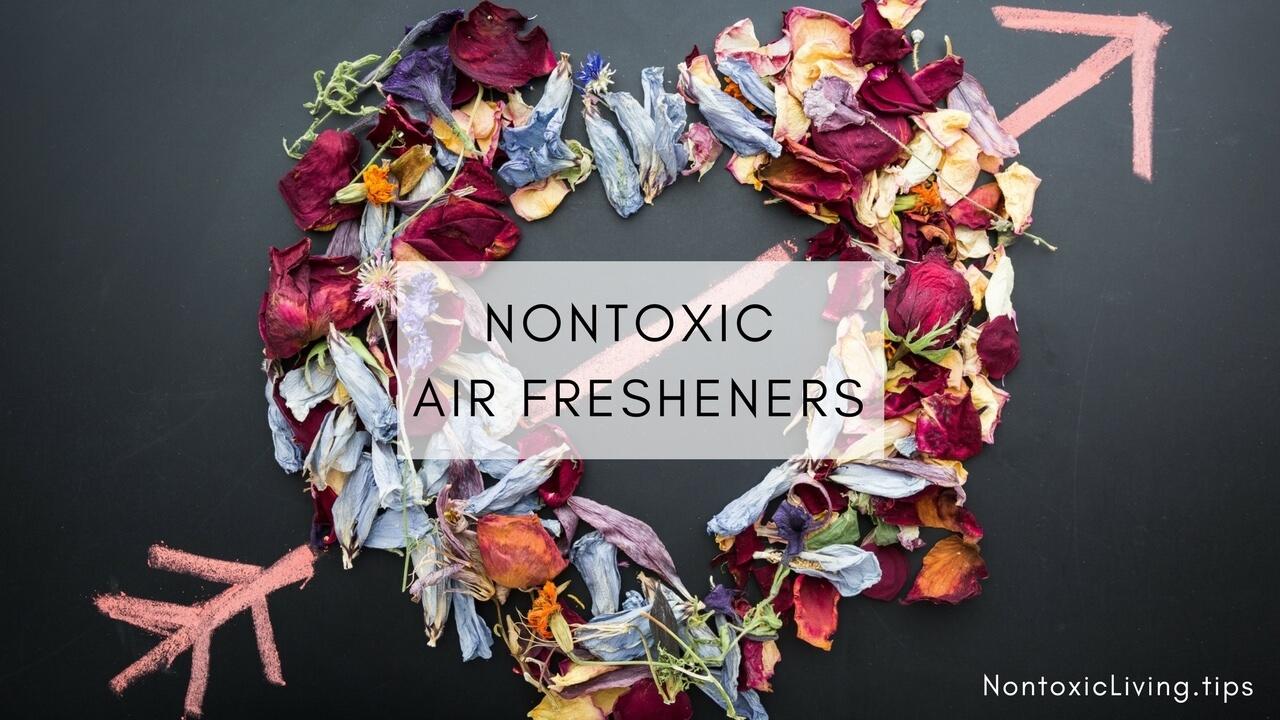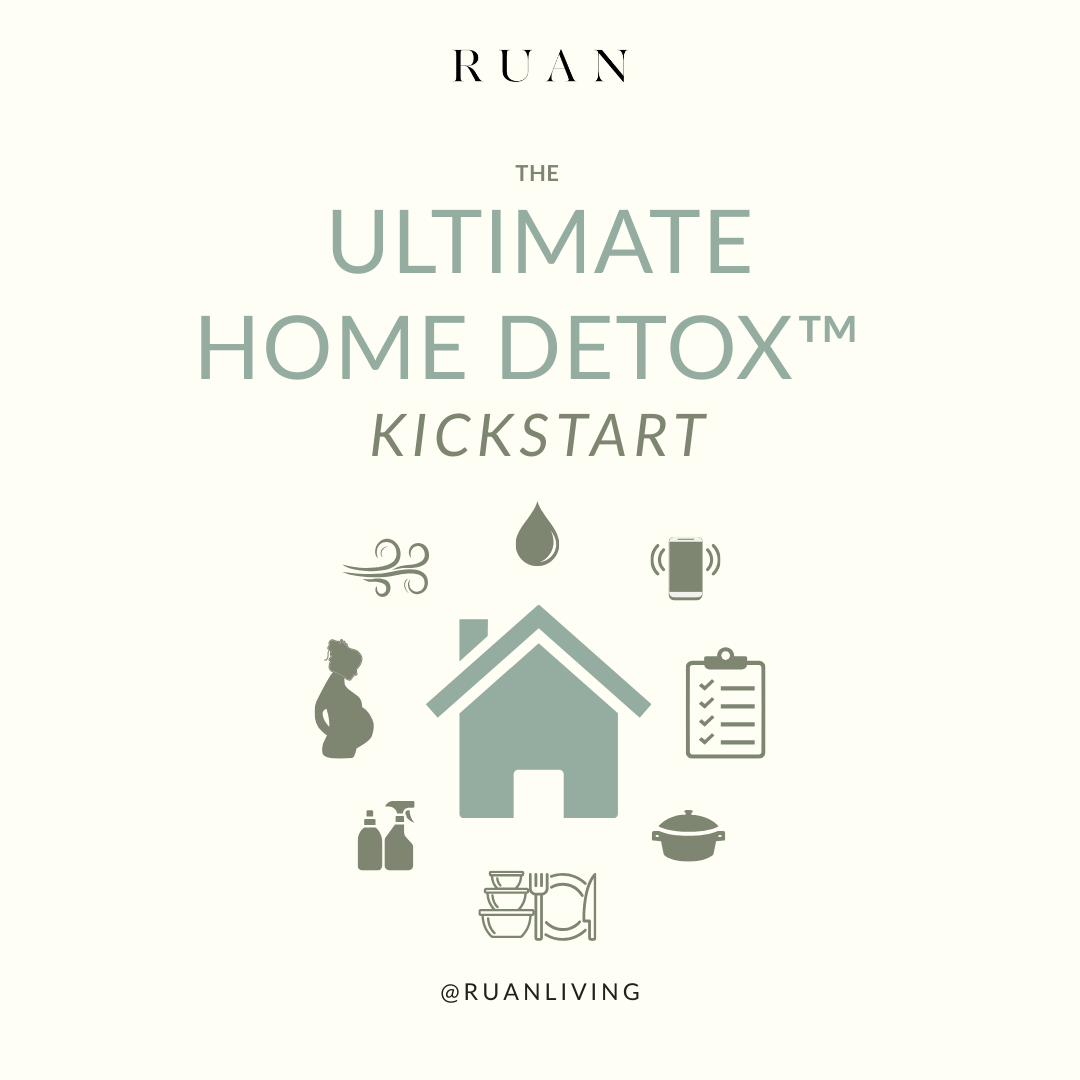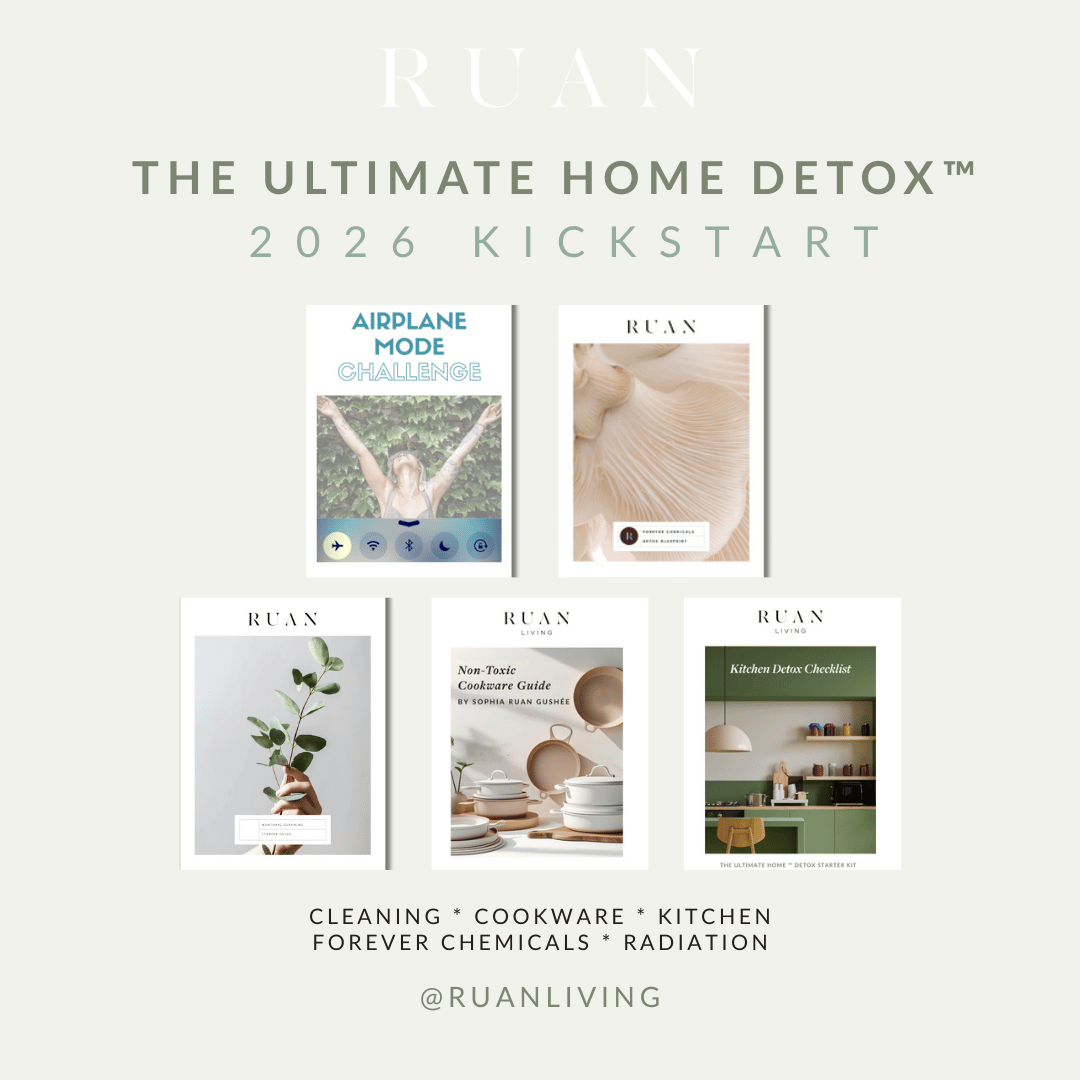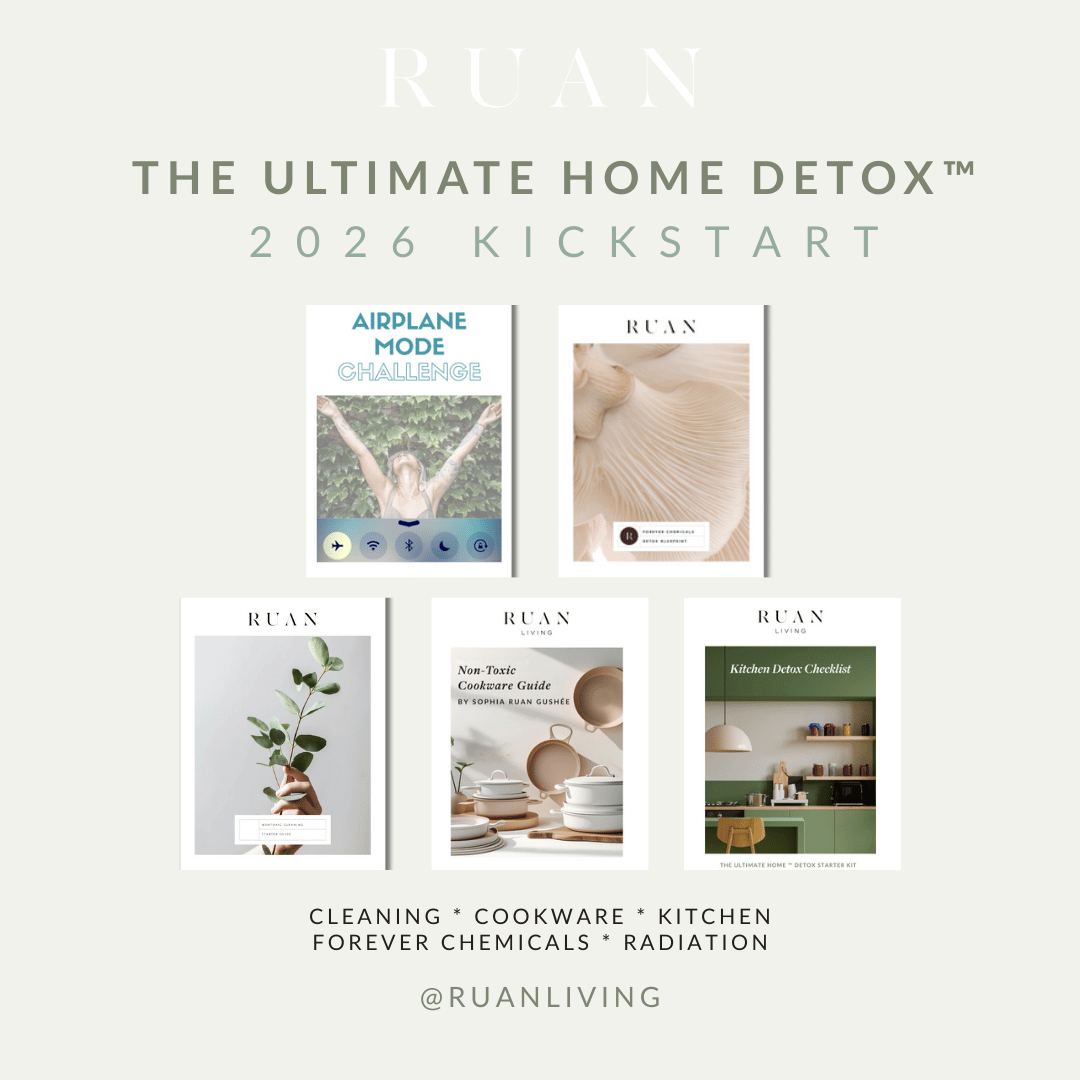
Natural Air Fresheners
Feb 07, 2018by Angela Cummings and Sophia Ruan Gushée
Air fresheners are everywhere—in home kitchens, personal vehicles, restaurant bathrooms, hotel lobbies, taxi cabs, and retail clothing stores.
Why are they used so frequently? To mask odors, or to enhance ambiance.
These air fresheners come as sprays, aerosols, plug-ins, scented candles, gels, reed defuses, potpourri, scented paper, and essential oils.
While noses may enjoy the scent, bodies may not.
Health Effects
Standard air fresheners are made from a mix of chemicals that may participate in our biological processes. That chemical cocktail usually includes one (or more) of these ingredients:
- Phthalates. Phthalates help fragrances last longer. However, they may also contribute to hormone disruption, liver and kidney abnormalities, cancer, birth defects, infertility, obesity, endometriosis, development abnormalities, allergies, and asthma.(1)
- Solvents. Solvents can enhance a product's performance (like paint), prevent clumping, and dry quickly. They may also be toxic to the nervous system; damage the liver, kidneys and reproductive system; and contribute to cancer and dermatitis.(2)
- Volatile Organic Compounds (VOCs). VOCs also serve a purpose, like help paints dry more quickly. Health effects from VOCs can be short- and/or long-term, ranging from dizziness and headaches to liver and kidney damage.(3)
Natural Air Fresheners
Consider freshening air without the synthetic chemicals! Before purchasing (or making) an air freshener, identify the purpose: Is it to mask odor, or to enhance ambiance?
Addressing Odors
Remove offending odors. For example, if the kitchen garbage can smells like rotten food, then wash the garbage can with nontoxic soap and warm water to remove the rotting food particles that may be stuck to the can.
Or, if laundry is the offender, wash offensive smelling laundry with nontoxic, fragrance-free soap and baking soda; and rinse with vinegar to remove bacterial-causing odors. For fragrance, you can store the clean clothes near a diffuser of essential oils, or spray clean laundry with diluted 100% pure essential oils.
Enhancing Ambiance
Freshening air for ambiance can be achieved with natural ingredients! Look for air fresheners that are made from all-natural ingredients, such as baking soda, 100% pure essential oils (vs. synthetic essential oils), and natural citrus (such as orange or lemon).
Making Your Own Air Fresheners
Air fresheners can be made using ingredients found in most homes. The DIY solutions below are easy, and can be created within minutes.
- Scented Simmer. In a small pot, add water, citrus peel, cinnamon, clove, herbs, or flower petals. Simmer on low heat(4). Done! Relax and enjoy the smell.
- Smudging. Increasingly, people are "smudging," or clearing energy at home by burning sage (with windows open), Palo Santo, or even cinnamon. If you enjoy these scents, then this energy-clearing/rebalancing practice has the added benefit of leaving your home smelling nice.
- Vinegar Bowl. Fill a small bowl with vinegar, and place it in the area that has an undesirable smell. That’s it! The smell of vinegar will dissipate. If there is a smelly spot that needs cleaning, use vinegar and water solution to wipe it up.(5)
- Baking Soda Jar. Leaving baking soda in a box might be effective in absorbing odors, but the box gives an undesirable look. Instead, pour baking soda into a colored Mason jar or decorative container. Leave the lid off so that the baking soda can best absorb the odors.(6)
- Good Old Fashion Fresh Air. Open windows to air out odors. Fresh air, especially with a cross-breeze, helps dilute odors, blowing the ‘stinky air’ outside. Plus, it doesn’t cost a thing!(7)
In Summary
Whether you’re masking odors, or adding scent for ambiance, consider choosing air fresheners made of all-natural ingredients.
- Remove sources of odor by cleaning them with natural cleaners, or discarding them from the home completely.
- Use ingredients that Mother Nature creates, such as water, citrus, spices, herbs, and flower petals.
- Consider vinegar, baking soda, and opening windows.
Choose ingredients that your nose and body both enjoy!
References
(1)(2)(3)(4)(5)(6)(7) A to Z of D-Toxing, Works Cited Part 2



